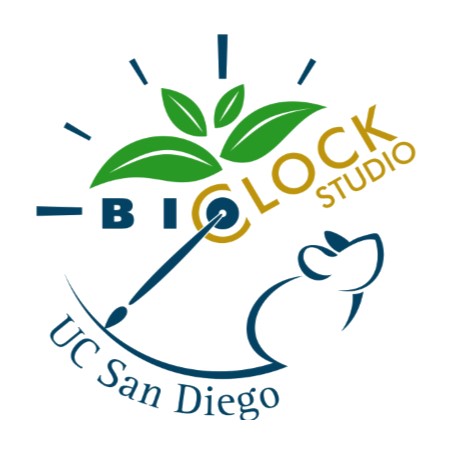- All
- Circadian Fundamentals
- Advanced Circadian Biology |
- MODELS: Mammals
- Photosynthetic Processes
- Invertebrates
- Humans |
- TOPIC: Historical
- Light
- Metabolism
- Cellular Mechanisms
- Sleep
- Techniques
- Interactive Tutorials
- Interviews
- Readings
Properties of Entrainable Oscillators
Learn the properties that define an entrainable biological circadian oscillator
Luciferase Reporters in Circadian Research
Learn how luciferase reporters are used in circadian biology
Exploring Processes C and S Part 1: Napping Protocol
Learn how sleep researchers use a "napping" protocol to separate effects of processes C and S on sleep
Effects of Sleep Deprivation on Attention and Mood
Learn about the effects of sleep deprivation on attention and mood.
Human Circadian Variation: Genetic Approaches
Learn how genetic manipulations in model organisms and in vitro establish circadian links to human variation in chronotype
Interview with Dr. Carrie Partch
Hear Dr. Partch discuss the structural underpinnings of molecular clocks
Time Memory in Bees
Learn about landmark experiments that established internal clocks as the source of circadian rhythms in animals
Photoperiodic Flowering Part 1
Discover how plants measure night- and day-length to determine when to flower
In-Lab Video Series: Rodent Wheel-Running Experiment
Learn how to design, perform, and analyze a rodent wheel-running experiment.
Photoperiodic Flowering Part 2
Part 2, the advanced mechanisms how plants measure night- and day-length to determine when to flower
Avian Photoreception
Virtually perform landmark experiments in avian circadian photoreception with our "Ex-Sparrow-ment" Simulator
Establishing the Genetic Basis of Circadian Rhythms: A Landmark Study
Learn about basic property of free-running periods of circadian oscillators
Common Clock Mechanism Graphics Tool
Use our free editable powerpoint file of mammalian, fly, and plant molecular clock mechanisms in presentations and papers
Cyanobacterial Circadian Clock Output Mechanism
Discover how the core circadian oscillator in the cyanobacterium Synechococcus elongatus sends output to regulate timing
Cellular Oscillators
Learn about "clocks in a dish," and how in vitro mammalian clocks can be used to study circadian rhythms
Luciferase Reporters for Mammals in Circadian Research
Learn how luciferase reporters are used to study circadian rhythms in mammals
Interview with Dr. Lance Kriegsfeld
Hear Dr. Kriegsfeld discuss circadian rhythms and neuroendocrinology
The 2-Process Model of Sleep
Learn how a homeostatic drive and the circadian clock control the timing of sleep
Links Between Mood Disorders and Circadian Rhythms
Learn about the behavioral assays and gene manipulations used in rodent models to explore links between circadian rhythms and mood disorders
Circadian Clock-Controlled Genes Part 1
An introductory tutorial video on the mechanisms of mammalian molecular circadian clock regulation, and how the clock regulates other genes.

